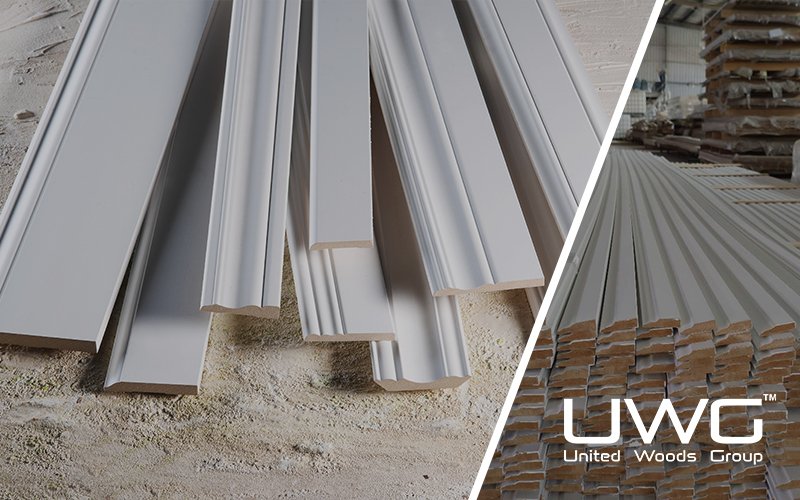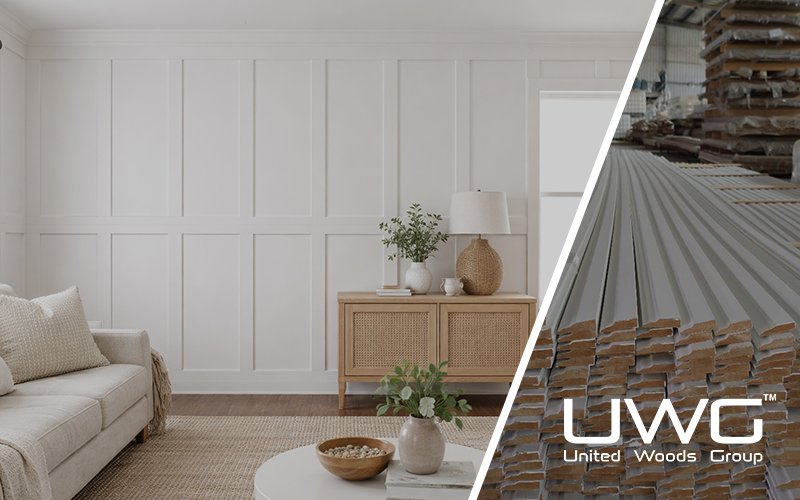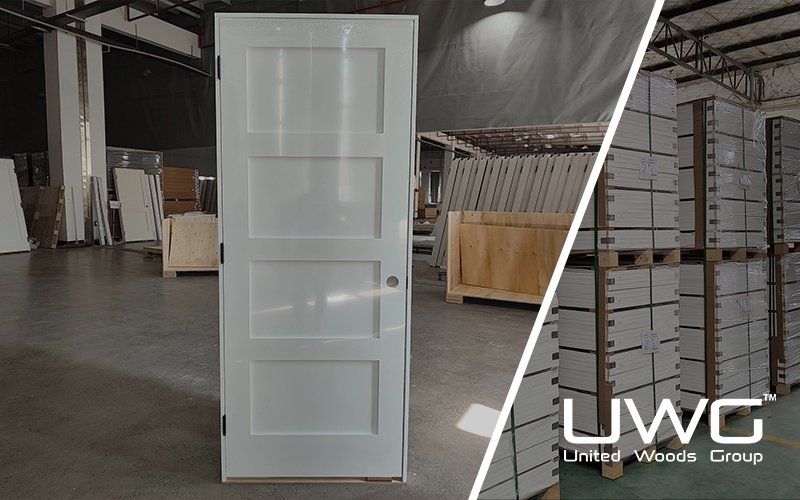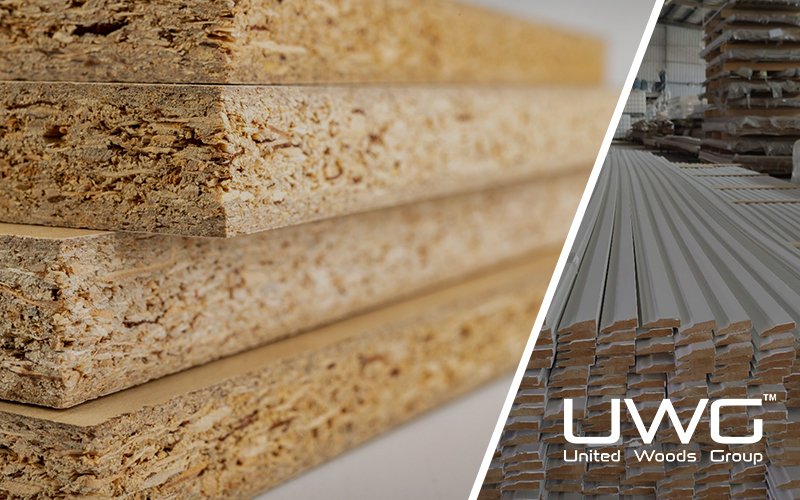If you’re renovating a kitchen or working on a new build, there’s one choice that often stumps both homeowners and builders: RTA vs. fully assembled cabinets. At first glance, it seems simple — pay more for the convenience of pre-built, or save money by assembling it yourself. But once you dig into the details like durability, timeline, quality, shipping, and installation logistics, the decision gets more complex.Whether you’re a contractor trying to meet deadlines or a homeowner stretching every dollar of a remodel budget, this guide will walk you through everything you need to know — clearly and in plain English.
Let’s dive deeper into both cabinet types, explore their pros and cons, and help you decide which fits your project’s needs best.
What is RTA Cabinets and Fully Assembled Cabinets?
What are RTA Cabinets?
RTA stands for Ready-to-Assemble. These cabinets are delivered as a flat-pack kit containing all parts — doors, drawers, hinges, screws, and panels. You assemble them on-site using instructions provided by the manufacturer.
They’re popular with:
- Small remodel contractors
- Buyers looking to reduce shipping and product costs
- DIY homeowners
Assembly usually requires standard tools like a drill, screwdriver, and sometimes wood glue or clamps. Some advanced RTA kits use cam locks and pre-drilled dowels to make the process easier.

What are Fully Assembled Cabinets?
These cabinets come pre-built from the factory, typically with all the doors, drawers, and hardware already attached. You (or your installer) simply unbox and install.
They’re ideal for:
- Time-sensitive projects
- Professional remodelers
- Buyers who want showroom-level quality with no extra effort
While they cost more, the build quality is often tighter due to factory-controlled assembly.

Pros and Cons of RTA Cabinets
Pros of RTA Cabinets
- Cost Savings: RTA cabinets are usually 30–50% cheaper than assembled ones because you’re not paying for labor or warehouse space.
- Cheaper Shipping: Flat-packed boxes are lighter and take up less space, saving on freight charges.
- DIY-Friendly: Perfect for hands-on homeowners who enjoy the satisfaction of building their kitchen.
- Wider Variety Online: Many brands sell direct-to-consumer with custom colors, door styles, and hardware choices.
- Flexible Storage: Easier to store in tight construction sites or garages before installation.
Cons of RTA Cabinets
- Time-Consuming: Assembly can take 20–45 minutes per cabinet, more if you’re unfamiliar with the process.
- Assembly Errors: A single misaligned screw or skipped step can ruin a drawer or door alignment.
- Not Always Beginner-Friendly: Poor instructions and flimsy hardware are common with low-end brands.
- Not Ideal for All Projects: Builders facing tight deadlines often avoid the labor overhead.
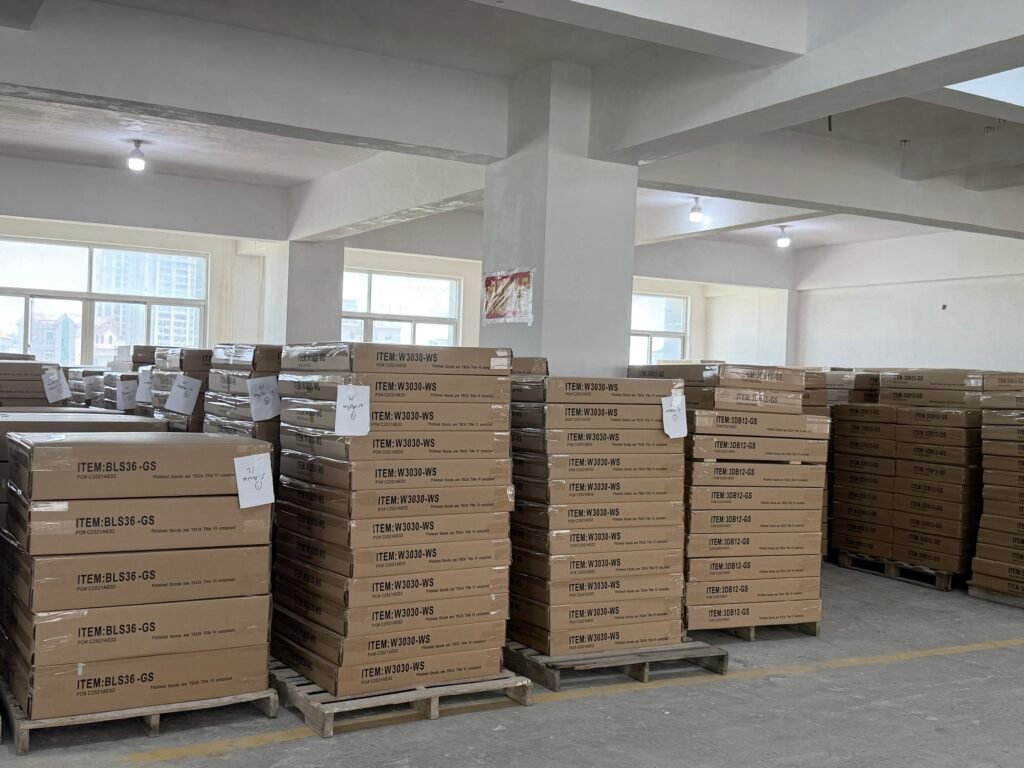
Pros and Cons of Fully Assembled Cabinets
Pros of Fully Assembled Cabinets
- Quick Installation: Just place, anchor, and go. Ideal for remodels where time = money.
- Factory-Built Quality: Tight joints, strong gluing, and pre-aligned hardware increase lifespan.
- Better Warranty Coverage: Many high-end cabinet companies only offer warranties on factory-assembled pieces.
- Fewer Mistakes: Reduces risk of faulty assembly or installation delays.
- More Professional Look: Great for resale value or high-end design projects.
Cons of Fully Assembled Cabinets
- Higher Price Point: You pay more for convenience, labor, and packaging.
- Expensive Shipping: Large pre-built boxes are heavy, fragile, and cost more to transport.
- Hard to Store on Site: Require more space before installation, making them impractical in tight workspaces.
- Limited Customization: Unless you go custom, choices may be limited to what’s on display or in-stock.
- Damage During Shipping: If a fully assembled cabinet is damaged, replacing it takes longer and costs more.
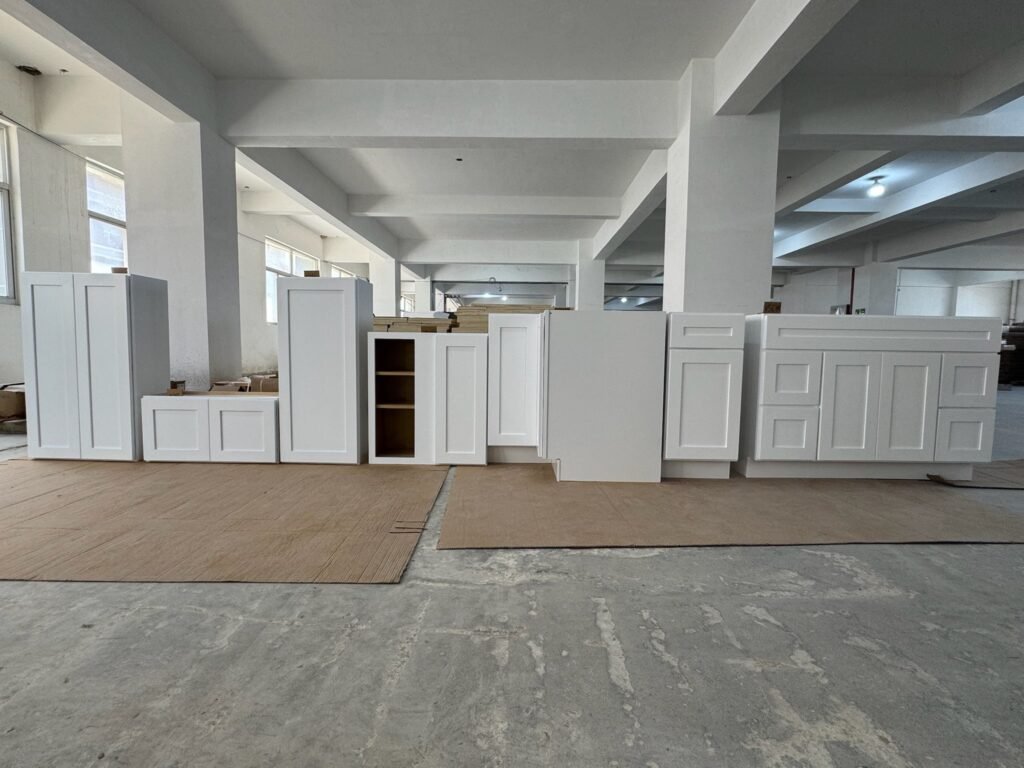
Are RTA Cabinets Better Than Assembled?
The answer depends on your project goals, budget, timeline, and skill level.
RTA is better if you:
- Want to save 30–50% on kitchen cabinets
- Are okay with DIY or have low-cost labor available
- Are working in phases (install cabinets room by room)
- Have time for careful assembly and want more online variety
Assembled is better if you:
- Have a tight construction schedule
- Want a flawless, professional look
- Need cabinets installed fast (flips, rentals, new builds)
- Don’t want to worry about assembly errors or missing parts
Bottom line: RTA wins on price. Fully assembled wins on speed and convenience.
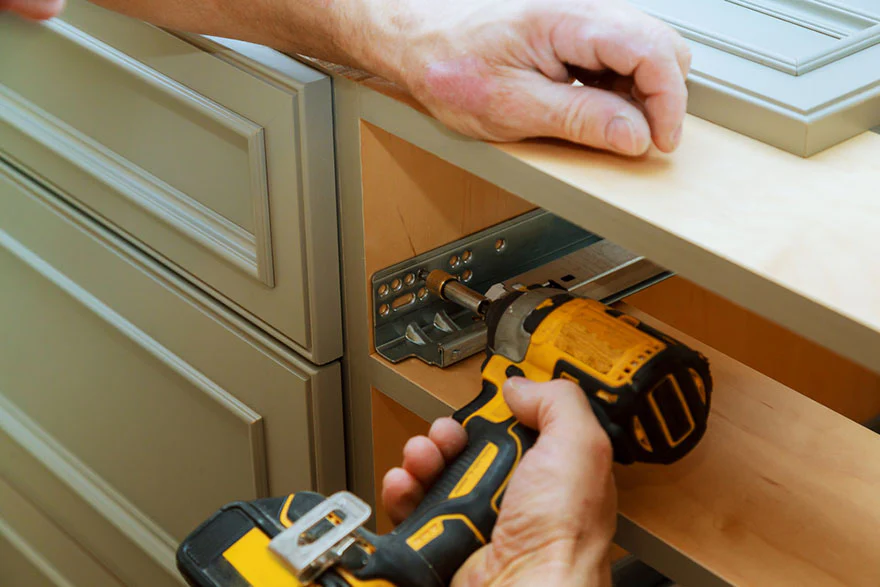
RTA vs Pre-Assembled Cabinets: Which Is More Durable?
Durability isn’t about assembly — it’s about materials and construction methods.
Key durability factors:
- Material: Solid wood > Plywood > MDF > Particle board
- Joinery: Dovetail and mortise & tenon joints last longer than staples or glue-only builds
- Finish: Baked-on or UV-cured finishes resist wear better than painted surfaces
- Hardware: Soft-close hinges and drawer slides add to lifespan

Professional Advice
If you’re working on multiple units or new builds, fully assembled cabinets will save time and prevent callbacks. That said, RTA is great for smaller flip projects or budget-driven clients who want decent quality.
Use RTA for:
- Rental unit upgrades
- Large-scale construction projects
- Budget-sensitive builds
Use fully assembled for:
- High-end homes
- Time-critical renovations
- Commercial kitchens or complex layouts
Pro Tip:
Hiring a pro to assemble your RTA cabinets can still be cheaper than buying pre-assembled. Just build the cost into your quote and factor in labor time.
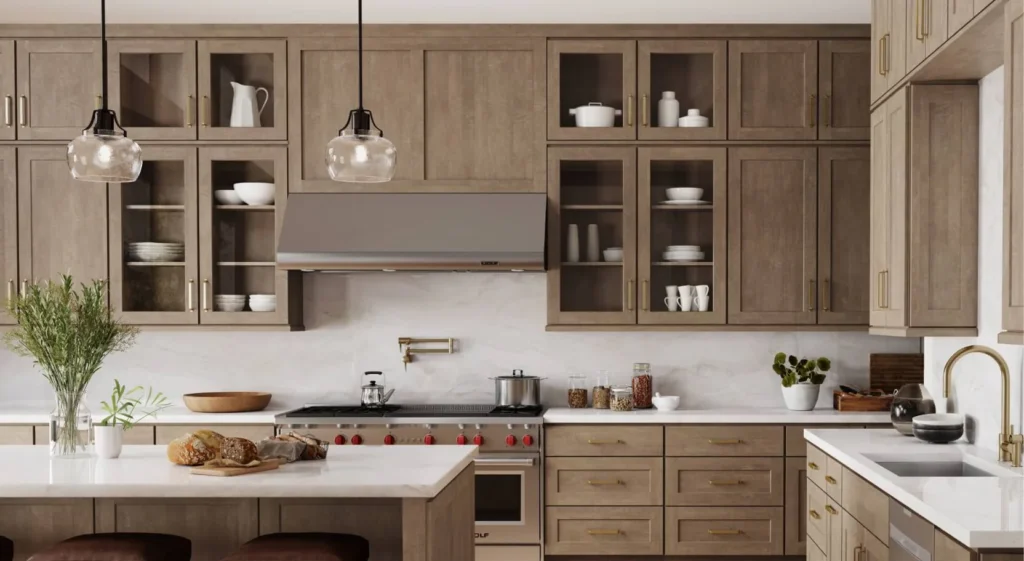
Summary
Choosing between RTA and fully assembled cabinets doesn’t have to be complicated. Focus on what matters most: budget, time, quality, and confidence in your assembly skills. RTA saves money and offers variety. Fully assembled saves time and reduces risk. Know your project, weigh the trade-offs, and choose what works for you.Got questions or experience to share? Drop a comment — your advice could help the next builder or homeowner.



